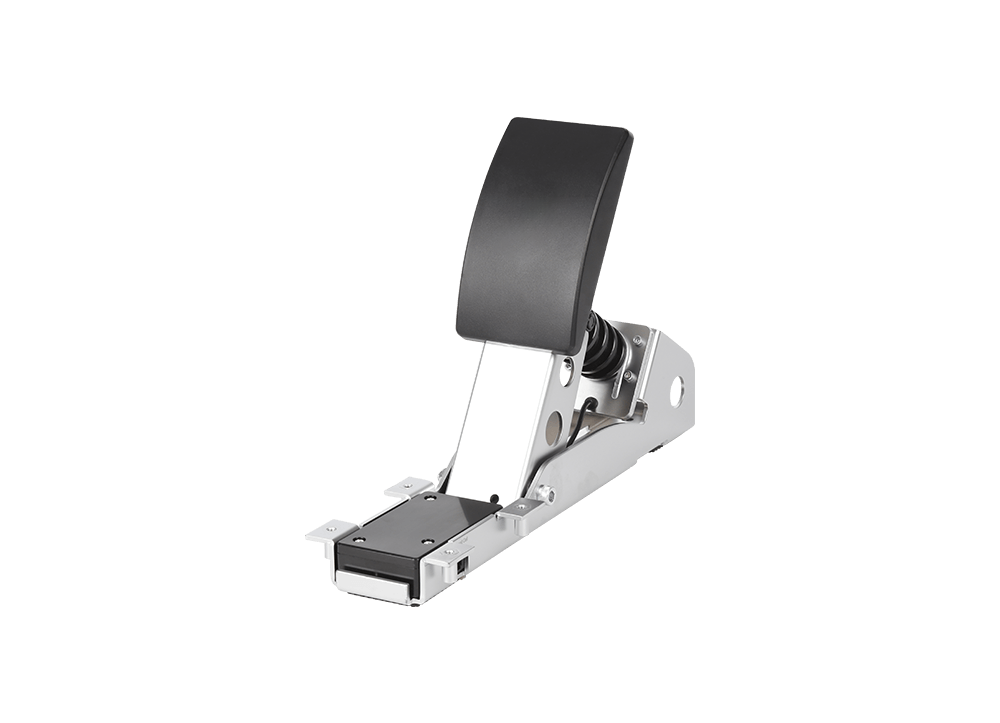Time:2023-05-16 Preview:
3 axis CNC processing generally refers to the axis of three different directions of uniformity at a uniform speed, such as left, right, left and right, up and down, up and down. The 3 -axis car knife is generally used to punch and attack the teeth, but only along the Z axis, which is more suitable for parts of the processing set. For many parts of the surface processing holes or concave, this is a limited.

The 4 -axis CNC processing is that the four -axis is added to the fitness movement of the cutting tool. It allows the X -axis to rotate. There are 4 axes -X -axis, Y axes, Z axes, and A axes (rotating around the X -axis). Most 4 -axis CNC lathes also allow workpieces to rotate. This is the B -axis, so that the CNC lathe can be used as a CNC lathe and can be used as a CNC lathe.
The 5 -axis CNC processing is another rotating shaft on the 4 axis. Generally, it is 360 ° to rotate at the surface. The five -axis can have been processed in all aspects. Black injury. Because the 5 -axis CNC machine tool processing has high practicality and is used to produce complicated high -precision parts. For example, the diagnosis and treatment components of human limbs or bones, aerospace components, titanium components, gas mechanical parts, military commodities, etc.
Although the 5 -axis is very prominent compared to the 4 axis and 3 axis, it is not necessarily suitable for the 5 -axis processing. If the product is processed with 5 axes, it will not only increase the cost, but the actual effect is not necessarily good.
 Related News
Related News·What are the advantages of traditional processing? ·Hardware manufacturers analyze common problems and solutions in bending formation ·Aluminum alloy CNC processing process ·CNC Reasonable Tool Selection ·CNC processing security operating procedure ·Choose the basis for the selection of rough selection during CNC processing ·How to solve iron dumbs when the lathe is processed? ·Several production processes of hardware processing manufacturers' processes ·How to use the cutting fluid correctly in Guangzhou CNC? ·Four structures of milling cutters


